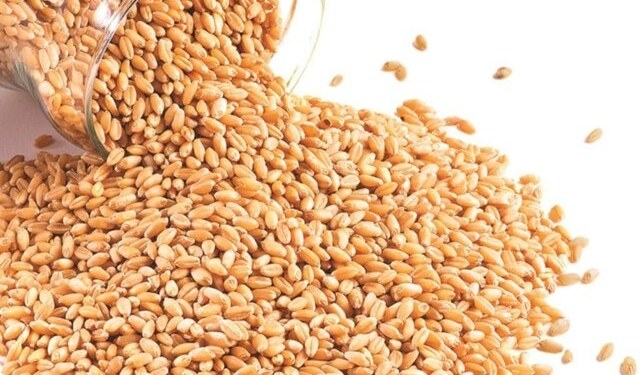February 9, 2016 Updated 2/9/2016
Email Print
Export markets helped boost polyethylene sales in the U.S. and Canada during 2015.
Regional sales of high density, low density and linear low density PE each were up vs. 2014, according to year-end totals from the American Chemistry Council in Washington. Export sales gains allowed HDPE and LDPE to overcome domestic sales losses and show overall year-on-year increases.
U.S./Canadian HDPE sales were up 7.5 percent in 2015 to more than 18.9 billion pounds. Domestic sales fell 1.5 percent, but they were propped up by explosive 57.5 percent growth in exports. Almost 78 percent of regional HDPE sales went into the domestic market, with the remainder sold as exports.
Domestic bright spots for regional HDPE sales came from non-food packaging film (up almost 29 percent) and trash bags/can liners (up more than 6 percent).
For LDPE, 2015 U.S./Canadian sales grew 2.8 percent to more than 7.1 billion pounds. As in HDPE, a domestic sales loss of 1.2 percent was counteracted by a gain of 16.4 percent in export sales. Domestic sales accounted for 74 percent of regional LDPE sales in 2015, with the rest coming from exports.
Sales strength for domestic LDPE in 2015 came from non-food packaging film, where sales were up 12.5 percent.
In LLDPE, U.S./Canadian sales grew 6.6 percent to more than 14.6 billion pounds in 2015. Domestic sales growth of 2.7 percent was enhanced by a 21.3 percent jump in export sales. More than 76 percent of regional LLDPE sales went into the domestic market in 2015, with exports accounting for the rest.
Film markets were a major driver for domestic LLDPE sales growth in 2015, with sales into non-food packaging film up more than 10 percent, shrink/stretch film up almost 8 percent and trash/can liners up 14.5 percent.
Taken as a whole, U.S./Canadian PE sales were up 6.3 percent to 40.6 billion pounds in 2015, with almost 77 percent of sales going into the domestic market.
David Barry, a PE market analyst with PetrochemWire in Houston, said it was unclear why demand for of some PE grades fell year-over-year. He added that the percentage of PE being exported from the U.S./Canada region in late 2015 was as high as it’s been in several years.
“I can’t predict if the domestic (PE) demand trends will continue next year,” Barry said. “But it’s reasonable to expect that producers will continue to rely more heavily on exports in 2016 to keep the market in balance, especially in the second half of the year when new production comes online.”




























